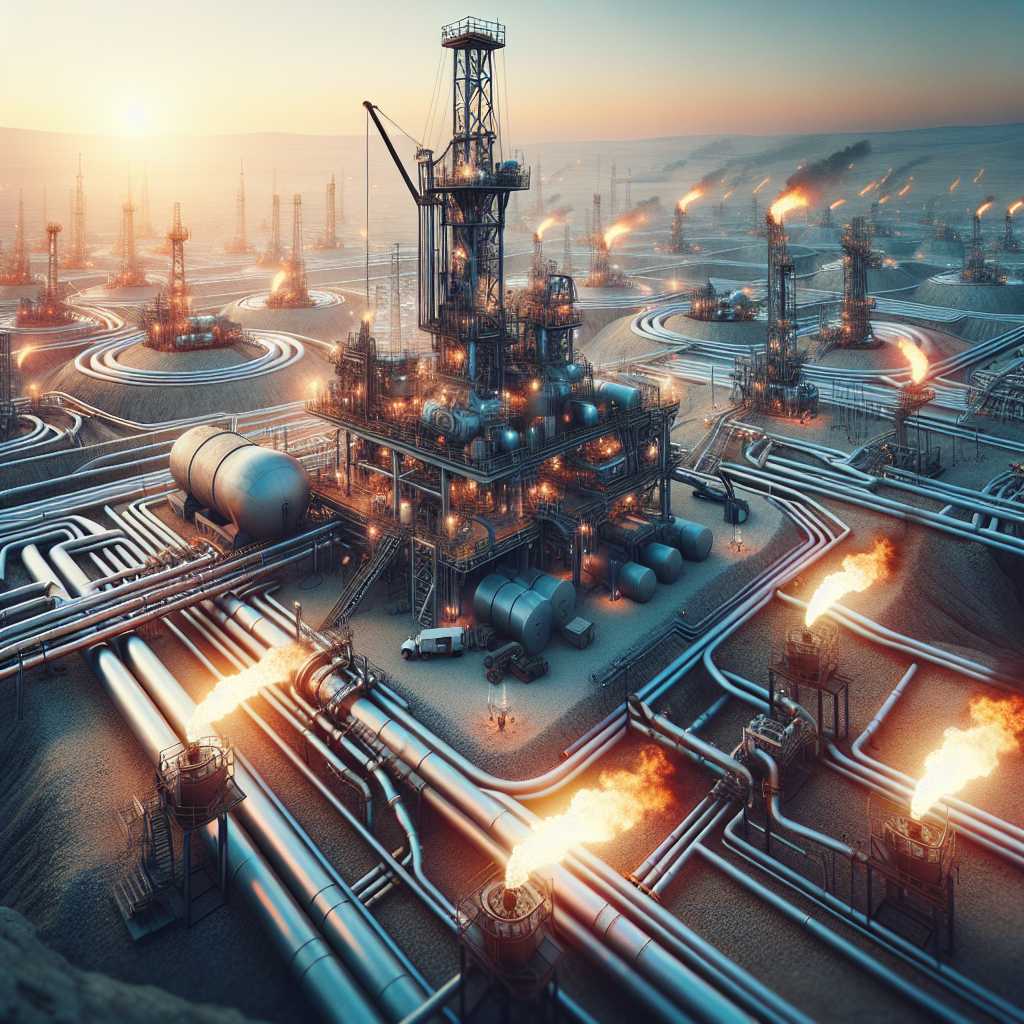Unpacking the Process and Implications of Fracking: A Comprehensive Overview
Fracking, short for hydraulic fracturing, has swiftly become a centerpiece in discussions on energy production, environmental policies, and economic impacts. This article examines what fracking involves, its history, potential environmental impacts, economic considerations, and future prospects.
Understanding Fracking: The Technical Breakdown
Fracking is a technique used to extract oil and natural gas from deep underground. It involves injecting a mixture of water, sand, and chemicals at high pressure into a wellbore to create fractures in the rock formations to release the oil or natural gas inside.
The History of Hydraulic Fracturing
Hydraulic fracturing has been used since the 1940s, but it wasn’t until advances in technology over the last couple of decades increased its efficiency and effectiveness that it became a dominant method of extraction. These technical improvements have allowed access to previously unavailable or uneconomical reserves, positioning fracking at the forefront of energy resource development.
Environmental Impact: Assessing Concerns and Regulations
Fracking has drawn criticisms from environmentalists and communities concerned about potential adverse effects. Major concerns include:
– The contamination of groundwater with chemicals used during the fracking process.
– The usage of vast quantities of water in regions where water may be scarce.
– Earth tremors and minor earthquakes that may be induced by the fracturing process.
– Methane emissions during drilling and extraction contributing to climate change.
Various European countries and some U.S. states have imposed bans or moratoriums on fracking due to these concerns. In contrast, others uphold that with proper regulation, the risks can be managed effectively.
Economic Considerations: Weighing Costs and Benefits
Economically, fracking has substantially benefitted regions with exploitable reserves by creating jobs and enhancing energy security. The U.S., for instance, saw a revitalization of its domestic energy industry thanks to fracking, which contributed to energy independence by lessening the need for imported oil and natural gas.
However, there is an ongoing debate on the balance between these economic advantages and potential long-term environmental costs — a calc u believe we are damaging our ecology” unsustainstage typically addressed only once implications become more clear or immediate.
Future Prospects: Innovations and Policy Trender -raphic structural changes *
The future of fracking hinges on alignative it cursor nutrients that paradoxically entail increased efficiency yet lesser environmental impact. Additionally, public policy and consumer sentiment will evolve in reaction to new technologies and environmental findings.
